Interior design during the thaw period in Poland
During the thaw period, several elements testify to the birth of a new aesthetic. These are objects with bright colors, abstract and organic shapes. [1] In furniture these achievements are permitted by the use of materials, little used at the time, in this case the folded plywood, which is opposed to the tradition that favored natural and solid wood. [2] Although in reality it is sometimes difficult to know if one is dealing with an aesthetic innovation that is moving away from Socialist Realism given the ambiguity of this doctrine. There are also synthetic materials. One can also mention ceramics, which is an area experiencing aesthetic changes.
In the textile industry the thaw was visible on colorful fabrics, abstract and geometric shapes, which use the technique of printing or painting. [3] This type of work was used in the early 1950s but became popular in the late 1950s and early 1960s. These fabrics, which are simple to produce, often play a similar decorative role at this time. painting or poster. [4] These techniques are opposed to weaving such as jacquard or dobby which required a longer work.
At this time, artists and artisans are no longer forced to work within the limits of a purely national style, hence an openness to international and, in particular, Western influences. [5]
The achievements of this era is also characterized by a greater consideration of the condition of users. This is, in part, enabled by the economic and political changes that characterize the "thaw".
Stalin died March 5, 1953 and from the 1 st April, the government of the USSR announces lower prices for commodities and promises to raise the standard of living. In August, Gueorgui Malenkov, Stalin's successor as President of the Council of Ministers, promised improvements in various areas including consumer goods. [6]
In Poland, at the II th Congress of the PZPR, which runs from March 10 to 17, 1954, we begin to draw conclusions from the changes also introducing a relaxation in the implementation of the six-year plan. The resources thus released are reallocated to agriculture and light industry, at the same time as wage increases are decided. [7]
The thaw period leads to a development of light industry. This has resulted in the development of the consumer economy and the launch of numerous publications on furniture or clothing in a "modern way". [8] Two specialized magazines on these subjects appeared in this period, Projet [Projekt] in 1956 and Toi et Moi [Ty i Ja] as early as 1960.
During the period of Socialist Realism, the work of architects consisted of erecting buildings whose primary purpose was to be impressive rather than habitable. This is the case of the Marszalkowska Housing District [Marszalkowska Dzielnica Mieszkaniowa] in Warsaw built between 1950 and 1952. [9] This construction was a response to Realism Socialism and gave birth to an interior architecture with strange arrangements where we find for example high useless ceilings. [10] This conception of the city is criticized during the thaw, for example by Leopold Tyrmand, who writes that "the city is not a painting" [11] "[Miasto to nie obraz]. This conception of architecture is opposed to that which develops during the thaw period. This is based on the needs of the users.
[1] JEZOWSKA, "Design in Poland", in Clive Edwards (dir.), The Bloomsbury Encyclopedia of Design, Londres, Bloomsbury, 2015, p. 3.
[2] GRABOWSKI, Jozef, "Trzydziesci lat pracy dla sztuki," Polska , 1957, No. 2, p. 23 - 23.
[3] WOJCIECHOWSKI, Aleksander, "XXX-lecie" Ladu "iinne sprawy", Przemysl Ludowy i Artystyczny , 1957, No. 1-2, p. 15.
[4] DEMSKA, Anna, "Lad ¨Painted and Printed Fabrics", in Anna Frackiewicz (ed.), Spółdzielnia artystów Ład: 1926-1996, Volume 1, Warsaw, Muzeum Akademii sztuk pieknych, 1998, p. 279.
[5] Ogolnopolska wystawa architektury wnetrz 1957, dir. Jozef Grabowski, (cat. Exp, Zacheta, Varsovie, Zacheta, Théâtre Nationale, 6 avril-5 mai 1957), Varsovie, Centralne biuro wystaw artystycznych, 1958, p. 33.
[7] BUHLER, Histoire de la Pologne communiste : Autopsie d'une imposture, Paris, Kathala, p. 291.
[8] JEZOWSKA, "Design in Poland", art.cité, p. 3.
[9] CROWLEY, David, "Warsaw Interiors, The Public Life of Private Spaces: 1949-65" in David Crowley, Susan Reid (dir.), Sociaslist Spaces : Sites of Everyday Life in the Eastern Bloc, New York, Berg Publishers, 2002, p. 184.
[10] Ibid.
[11] TYRMAND, Leopold, Dziennik 1954 , Warsaw, Tenten, 1995, p. 223.

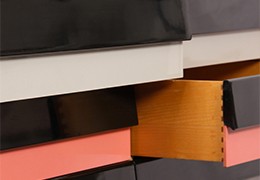
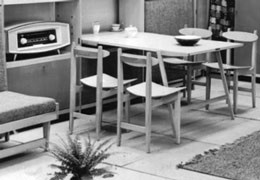
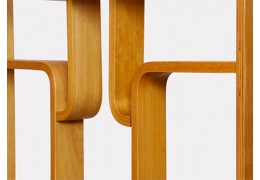
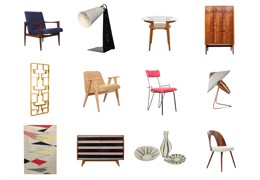
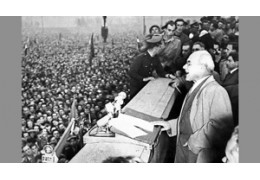
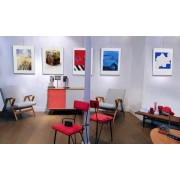
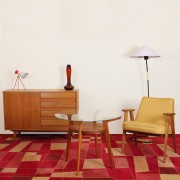
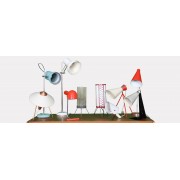
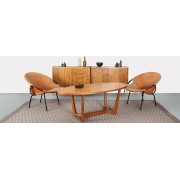

Leave a comment